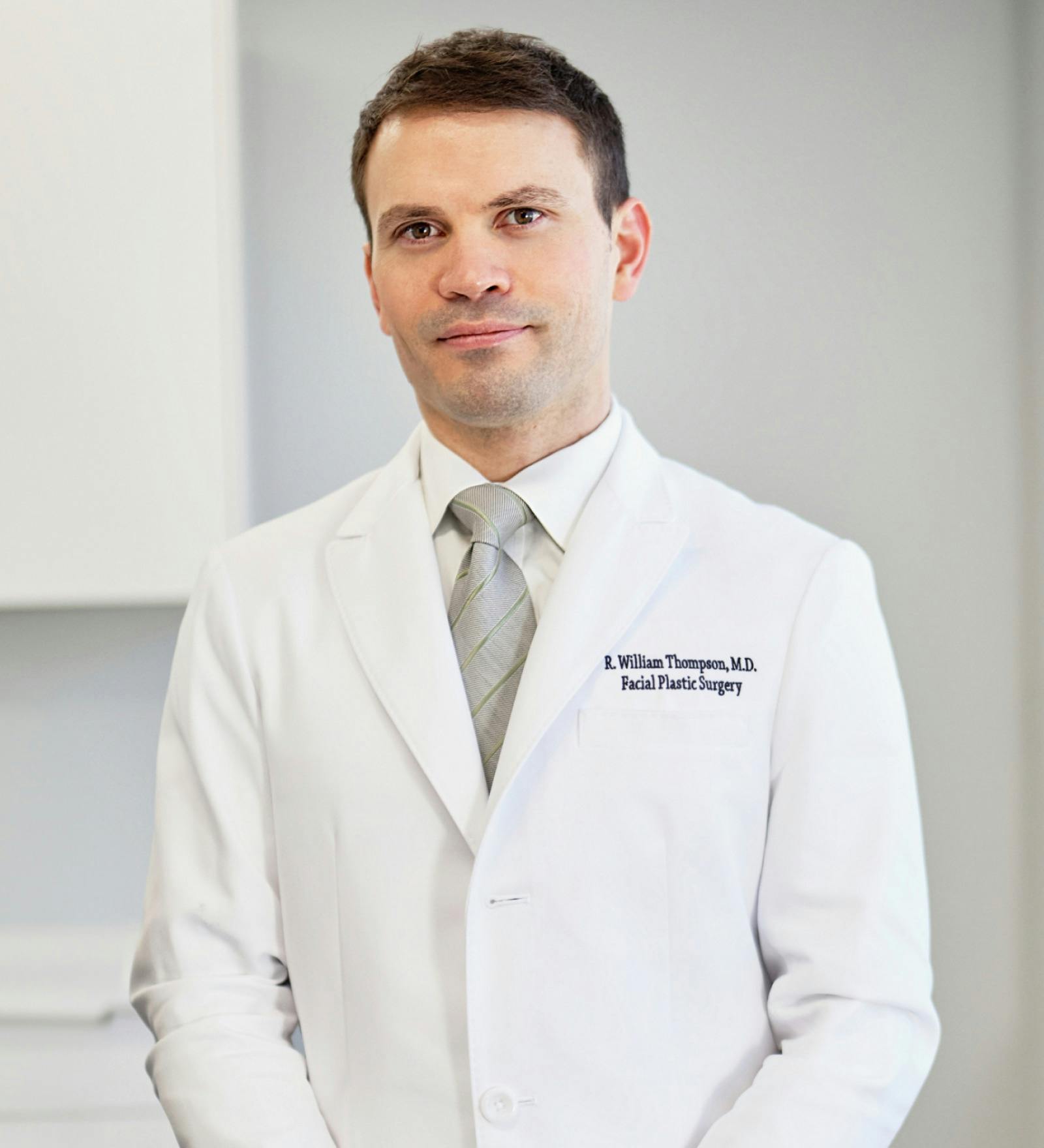The Day of Your Eyelid Surgery Procedure
Dr. Thompson typically completes upper eyelid surgery in his office in Denver under local anesthesia. The patient may elect to take a mild anxiolytic before the procedure. Lower lid blepharoplasty is completed in one to two hours at the doctor’s surgical facility or an outpatient surgical center or hospital. General anesthesia is typically used, but local anesthesia with sedation is an option for some patients. The eyelid lift incisions are placed in a concealed location in a fold of skin or on the inside of the eyelid. Depending on the patient’s concerns, a combination of excess skin, fat, and muscle can be removed. When skin incisions are performed, very fine sutures are used to close them. If the operation is done under local anesthesia in the office, Dr. Thompson will ensure patients are comfortable, in a relaxed setting, and do not feel pain during the surgery. When we have surgeries performed in the operating room, the patient will typically be under sedation or general anesthesia for approximately 1 to 2 hours.
Dr. Thompson creates a very fine incision either in the upper eyelid crease, under the lashes of the lower eyelid, or behind the lower eyelid. A variety of techniques can be used to address skin, fat, muscle, and sagging of the eyelid during the procedure and are customized to each patient based on their concerns. He closes the incisions with very fine sutures. If permanent suture is used, it is removed in approximately 5 to 7 days. If an absorbable suture is used, it will dissolve over time without needing removal. Upper eyelid surgery typically has little, if any, bruising or swelling. Mild bruising and swelling are experienced with lower eyelid surgery and may last for about one week or longer.






